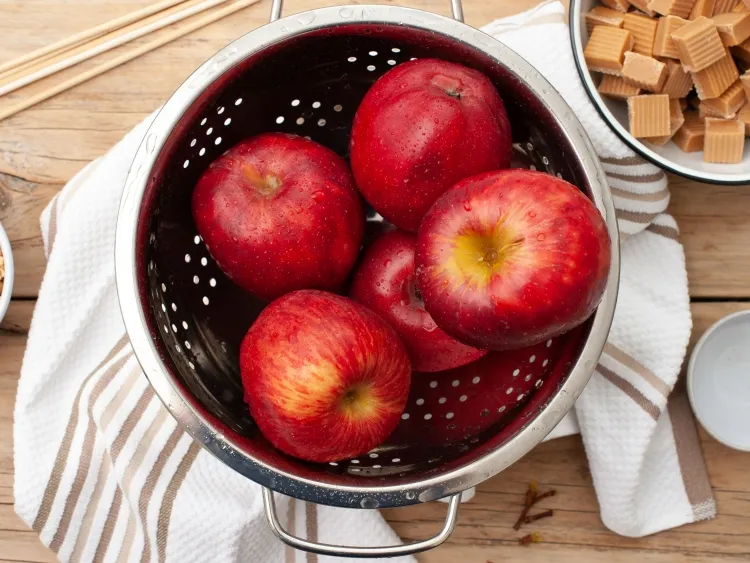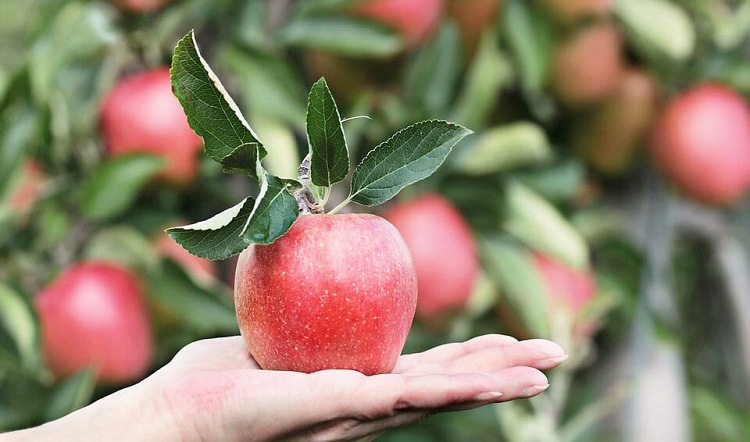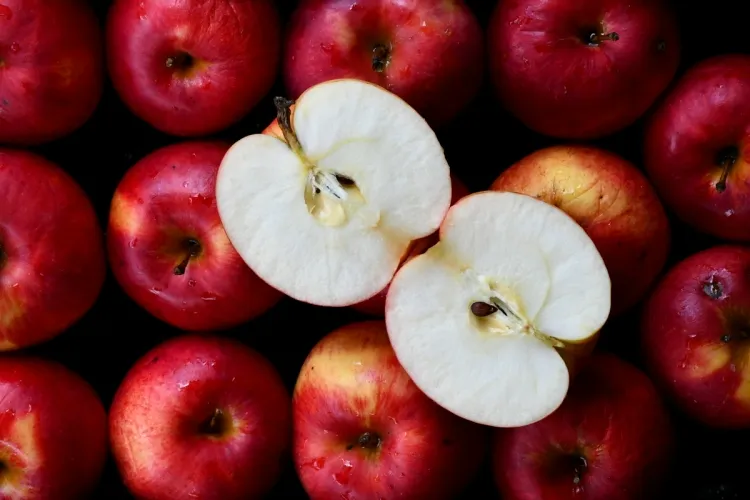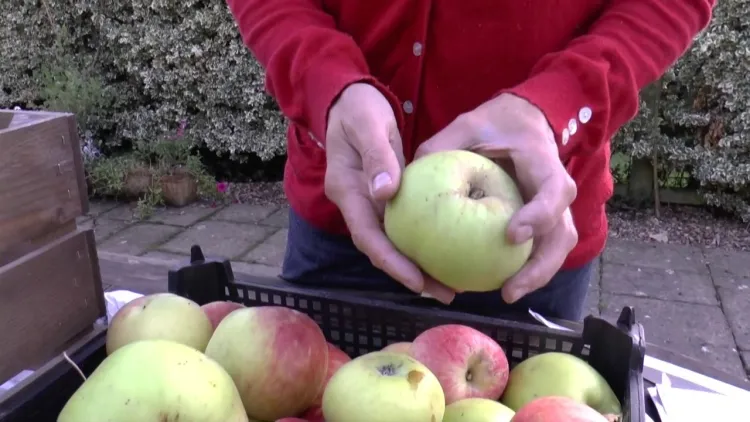Since apples are present on our tables almost all year round, we wonder how they get there. Their harvest is in full swing in the fall and today, when the cornucopia fills the baskets with vitamin-packed fruits and vegetables, you have to think about how to store the apples for several months without losses. We consulted experienced gardeners.
How to store apples? Can we trust the old practices?
Autumn creeps into the kitchen, either with delicious apple recipes. After storing raw or cooked eggplants, after zucchini season is coming to an end and you’ve put them in the fridge to enjoy in the winter, it’s normal asking yourself how to store apples so they retain their freshly picked flavor.
The main thing is that the fruits are not tight, that is, do not brush against each other. Following an ancestral practice, they are wrapped in newspaper or other paper. It works because the paper absorbs moisture. And of course, this moisture is the cause of rot.
An important fact to bear in mind! Storing apples doesn’t mean does not mean to put them all in bulk. Only healthy fruits can be stored for a long time. If you missed pruning apple trees or spraying fruit trees with pesticides, most of the harvest will be ruined. A single infected fruit can damage the rest later.
What are the best varieties and where are the apples stored?
Nothing compares to the crunch and flavor of a freshly picked apple. Unfortunately, left on a counter or in a fruit bowl, apples start to lose their appeal. The good news is that by storing them properly, you can enjoy them for months.
Although the apple is a resistant fruit, there are varieties that keep better than others. For example, Gala, Golden Delicious, Granny Smith, Honeycrisp, Red Delicious, etc. are more tart and thick-skinned varieties. The softer, thinner-skinned types can still be stored, but they don’t last as long, so use those first.
Careful harvesting is a guarantee for long-term preservation
When harvesting apples, handle them with care, like eggs. They bruise and nick easily. Save perfect apples for long-term storage, and use damaged ones for eating fresh or cooking.
Why not put the apples in the fridge? It is not excluded to do so if you master the proper storage of products and food. But to prevent them from getting a mealy taste, store them loose or in their original bag. If you don’t have a lot of apples, the refrigerator is a good option. Place them in the vegetable drawer in a plastic bag with holes or cover the apples with a damp paper towel. Do not store other vegetables in the same drawer, as apples give off ethylene gas, which can accelerate the decomposition of nearby produce.
Another option is to keep them cool in a storage unit with several uncovered drawers, in a single layer. It is best if the apples are wrapped in newspaper or craft paper, and the shelves are made of wood.
At what temperature should apples be stored?
The ideal storage temperature is – 1 to 2 degrees C maximum, with a relative humidity of 90 to 95%.
If you have larger quantities, find a cool, dark, and relatively humid place, such as a basement or garage. It’s better if the temperature stays close to zero but not below! Wrap each apple, preferably with the stem, in a piece of newspaper or craft paper. The paper keeps the apples separate from each other. Place the wrapped apples in a crate or bin, ideally in a single layer.
Since an apple may be picked spoiled from the inside, it is important that you periodically check the fruits and remove any that show signs of rot.
Use the large ones first as they tend to soften before the smaller ones. Apples continue to ripen during storage, so place each variety on its own tray or in separate crates as they ripen at different rates.
Note that fallen apples may have worms inside. So pick them straight from the tree with the tails on.
The fruits scattered on the ground are not to be thrown away, but to be used with priority.





